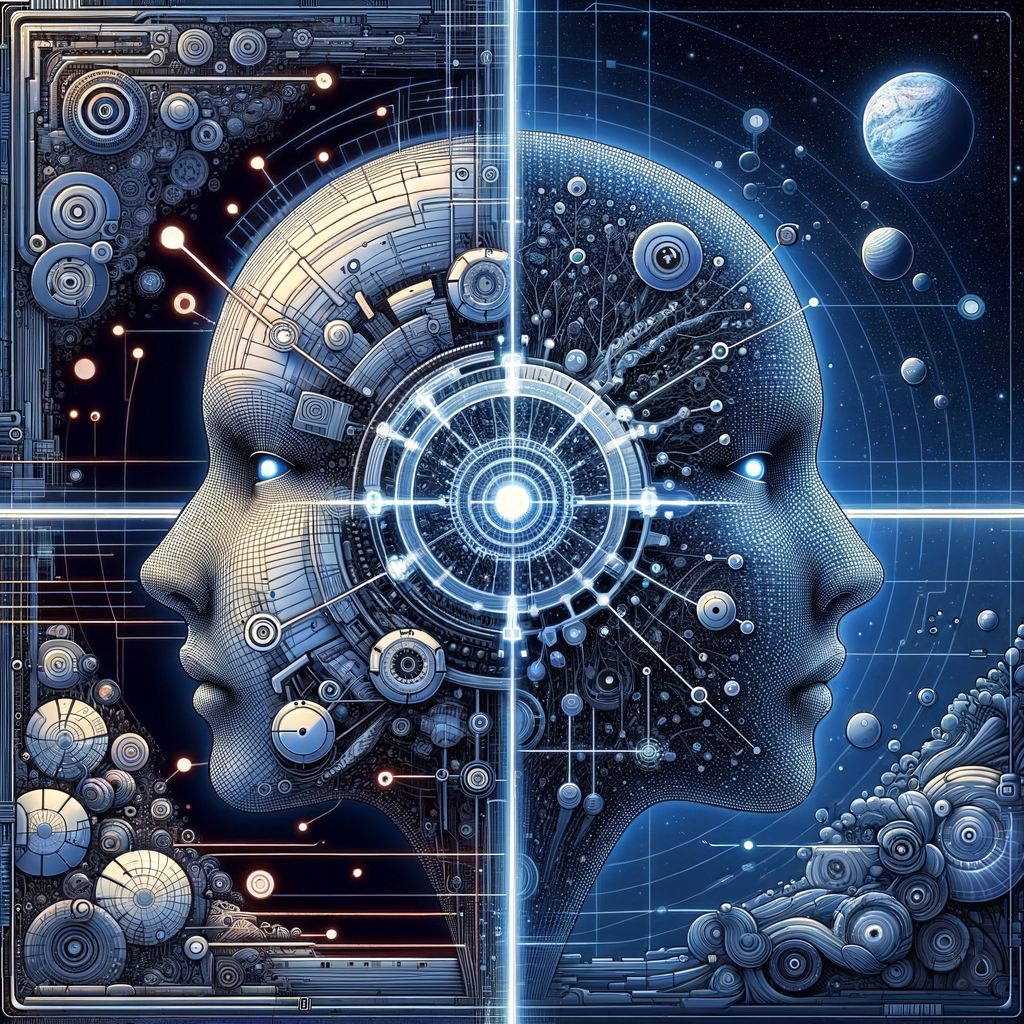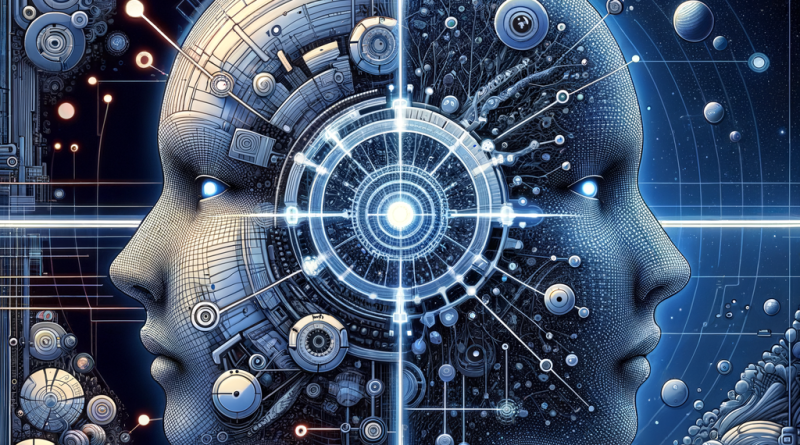“Emerging AI Trends: China’s Open Source Revolution vs. Meta’s AI Personas”

China’s Open Source AI Revolution: A Game Changer in the Tech Space
The world of Artificial Intelligence (AI) is evolving faster than ever, with a rising tide of nations and organizations competing for supremacy in this transformative field. Among these contenders, China has made significant strides, particularly in the realm of open-source AI, thanks to breakthroughs like DeepSeek V3.
Why DeepSeek V3 Is Turning Heads
DeepSeek V3 is no ordinary large language model. With 671 billion parameters, it is a high-speed, open-source marvel that’s redefining the cost and accessibility of cutting-edge AI. While most advanced AI solutions are locked behind hefty paywalls or closed ecosystems, DeepSeek offers an unprecedented balance of affordability, speed, and scale.
Key Features of DeepSeek V3:
- Speed and Scale: Capable of processing 60 tokens per second, this model is three times faster than its predecessor.
- Advanced Architecture: Employing Mixture-of-Experts (MoE) for selective activation and Multi-Token Prediction for efficiency.
- Cost-Effective Training: Trained in just two months using $5.5M and 2048 GPUs, showing that AI growth doesn’t have to break the bank.
- Accessibility: Open-source flexibility allows deployment via API, a dedicated chat website, and local customization options.
- Affordable Pricing: Input costs are as low as $0.27 per million tokens compared to competitors charging exponentially more.
Implications for the Global AI Landscape
This open-source approach is not just a win for transparency and cost-efficiency but also reflects China’s strategic focus on AI self-reliance. As countries like the U.S. impose trade restrictions, China’s AI innovations provide a clear path forward for local enterprises while helping the global community access powerful tools without prohibitive costs.
“DeepSeek V3 sets a new standard for open-source AI—fast, versatile, and cost-efficient. It’s proof that cutting-edge AI can be both powerful and accessible.”
Meta’s AI Personas: The Future or a Cause for Concern?
Meanwhile, Meta is making waves by integrating AI-generated personas across its social media platforms. These digital entities are designed to make apps more interactive and engaging, allowing users to create custom profiles that generate and share content. However, the introduction of AI characters introduces risks that warrant careful consideration.
The Breakdown:
- Mass Adoption: Since July, hundreds of thousands of AI personas have been created for tasks ranging from photo edits to personalized chats.
- New Tools Incoming: Meta is set to launch AI assistants and text-to-video generation tools, expanding the functionality of these digital personalities.
- Concerns: Critics highlight the risks of misinformation and trust erosion, urging for safeguards and transparency measures.
A Double-Edged Future
While these innovations present exciting opportunities, it’s crucial for companies to address ethical concerns proactively. As AI-generated characters become more pervasive, we may find ourselves balancing convenience with a new array of societal challenges.
Get Tech-Savvy, but Stay Balanced
If all this tech talk has you feeling a little overwhelmed, consider balancing out the screen time with regular digital detoxes. AI tools like ChatGPT can even assist in creating personalized wellness strategies to improve your work-life balance.
Ultimately, the race in AI is picking up. As open-source models like DeepSeek and commercial projects like Meta’s AI personas forge new paths, it’s clear that the future will be as dynamic and complex as the algorithms driving these systems.
Key Takeaways:
- China’s open-source contributions make advanced AI accessible and economical.
- Meta’s AI personas are a potential game-changer for social media engagement but come with risks that need addressing.
- Balancing tech adoption with mindful digital practices is more important than ever.
